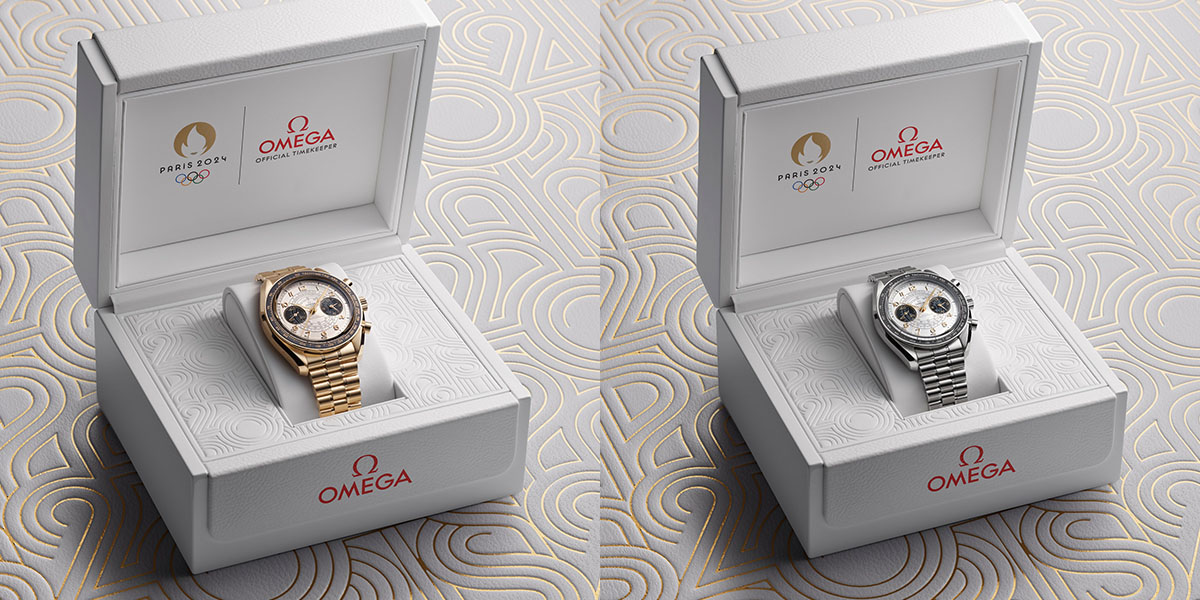
One-On-One With Vacheron Constantin VIP Account Director Dominique Bernaz
Yesterday, Haute Time brought you news of the grand opening of Vacheron Constantin’s Moscow boutique. Today, we’re bringing you an exclusive sit-down with the new boutique’s VIP Account Director, Dominique Bernaz.
During our exclusive interview, Mr. Bernaz showed us some of the boutique’s most outstanding novelties, including the rare vintage Vacheron Constantin timepieces on exhibit at the store until July 13th. Here’s a look at what we saw and our conversation:
Haute Time: The Treasures exhibition features countless gems of haute horlogerie. Which are your favorites?
Dominique Bernaz: The exhibition is divided into two parts, but the most interesting section is complicated watches. The Tour de l’Ile is featured in that section. This piece was created in honor of the 250th anniversary of Vacheron Constantin, which was celebrated in 2005. Only 7 pieces were issued and they all sold, so we have here the original prototype.
Next to it is one of the most complicated model we have ever produced. It was made for King Fuad I of Egypt. This masterpiece features a split-second chronograph, a perpetual calendar, a moon phase indicator, a minute repeater with three gongs and grand/small-strike.
Personally the model I like the most is one created for James Packard [the American automaker who founded the Packard Motor Car Company]. He ordered a watch made solely of 20K gold, as that material’s rich yellow color seemed to him the only correct one. Among other complications the mechanism boasts a unique minute repeater, striking hours, quarters and half-quarters. To put it simply, it marks every 7.5 minutes. I’ve never seen anything else like it. And that’s not all – its glass is made of rock crystal. Our watchmaking masters were surprised by this fact. We checked the information in our archival records when this model appeared at auction, and it was clearly noted that the model features a rock crystal glass. We still couldn’t believe it, so we actually gave the watch to Christie’s experts, and they too confirmed that it’s rock crystal.
HT: Does the exhibition feature any ‘iconic moments’ from Vacheron Constantin’s history?
DB: On the second floor, there is one of Vacheron Constantin’s first models, signed by Jean-Marc Vacheron himself. It was released in 1755, which is considered to be the year when the company was founded.
We also brought a few models with enamel, engraving, and precious stones that inspired us to create the Métiers d’Art collection.
There are watches created in the 1950s – 1960s, a time when the brand was fascinated by case designs and experimented with the form of strap attachment.
Finally, it is important to look at the Model 222 – it’s the first sports watch made by Vacheron Constantin. The company released it in 1977. Its creators didn’t know how to name the new model, so they just subtracted the year of the company’s founding from the year of this watch’s release – so 1977 minus 1755, equals 222. A peculiar feature of the model is its combination of steel and gold, this first combination of these materials in its time.
HT: One of these pieces that caught our eye was this old pocket watch, which resembles the recently released De Bethune DB28 Digitale. What can you tell us about it?
DB: We have a lot of similar projects in our archives. This model was manufactured in the 1920s, when the company carried out experiments with different types of time display, and engineers created models with jumping hours and minutes.
As you mentioned, the piece is similar to De Bethune; in our collection, there is also a model that can be compared with Urwerk. Do you remember the Métiers d’Art Hommage aux Grands Explorateurs collection? Certainly it was executed with greater elegance, but the similarity is obvious. When this method of indication emerged several centuries ago, the complication was called the ‘wandering hour.’ Nowadays, Urwerk’s creations are perceived as something revolutionary, but they use these principles, which actually emerged centuries ago at the dawn of technological progress. If you dig down deeply into history, you’ll find the true origins of these ideas.
HT: What about the ones that got away? Are there any watches in Vacheron Constantin’s archives that the manufacture would like to reclaim, but doesn’t have in its possession?
DB: Sure, but people don’t want to sell them. Some models relate to the Métiers d’Art, and others to the Grand Complications. We know about these timepieces because they are in our records, and we have even seen some, because their owners send them to us for servicing. But when we make a request to buy these pieces, it is rejected. At a recent Sotheby’s auction there were two Grand Complications, but we couldn’t get a hold of them because of the price, so they went to a collector, who fought like a lion to get them.
Photo credit: Chronoscope.ru for Haute Time Russia.
 SIGN UP
SIGN UP























